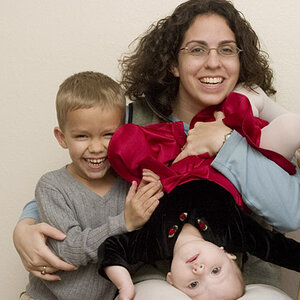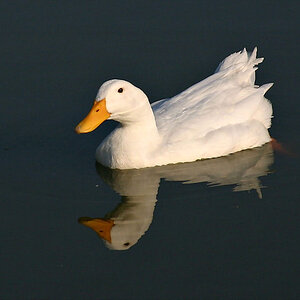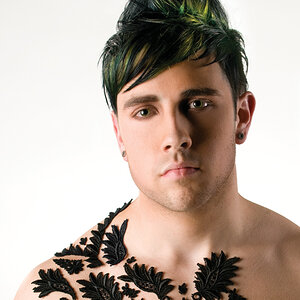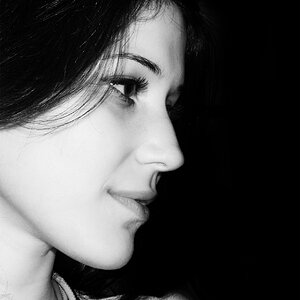cathexis
TPF Noob!
- Joined
- Oct 8, 2017
- Messages
- 39
- Reaction score
- 7
- Can others edit my Photos
- Photos OK to edit
Hey Folks,
My goal with this thread is to ask the group if my understanding of the Zone System, when practiced in the field and with a DSLR is correct or not. I understand there’s a lot more to Zone system than just field work but that’s not what I’m asking about. The camera I have is a D600 and this scenario is predicated on how it would work using the Spot Meter function in lieu of a separate spot meter device. We can imagine the shot in question is a landscape on a sunny day where the most important subjects are all within the Zone II to Zone VIII range and no more than 10% of the picture falls outside the “Dynamic Range” and can be disregarded. In that case I would:
Set the D6oo to M mode (my preference) and set metering to Spot.
Read spot values as best I could of those areas falling in the upper zones that are most important to me.
Read the most important areas of the lower end as well.
Decide if shifting exposure of upper areas down by 2-3 stops will still render lower zones workable in PP.
If OK, underexpose the whole shot such that important highlighted areas are minus 2-3 stops where a step could be aperture or shutter speed as long as the same relation is maintained between the two. Done.
Obviously, there are other decisions such as focus and shot alignment and even shifting light values, etc.
But the D600 will use center area for spot metering even in Auto-AF although it is possible to fudge that depending on your focus settings. In my camera it doesn’t actually read a number as such; you have to twiddle the command and sub-command dials to adjust the f/stop and/or shutter speed but basically if you have an “OK” balance than you can extrapolate what the spot meter is reading a selected area as. The same process seems to work even if you zoom in on an area that may be too far to spot meter otherwise. So this dial twiddling seems rather tedious but I think it works.
However, it seems to me that this method doesn’t actually let me say, for example, “Those rocks are a Zone VI.” Instead, it just allows me to establish a “virtual zone” based on the readings comparisons of the various metered areas. That is, the major important areas cover an exposure range of “x” stops and I can assign virtual values from that. So, I’m left wondering if this is really an example of the Zone System in practice or something else? And once I put that shot into a histogram isn’t it going to show all kinds of clipping? I thought that was a bad thing but perhaps that’s a job for PP? What do you all think?
As always, thank you all very much,
Andrew
My goal with this thread is to ask the group if my understanding of the Zone System, when practiced in the field and with a DSLR is correct or not. I understand there’s a lot more to Zone system than just field work but that’s not what I’m asking about. The camera I have is a D600 and this scenario is predicated on how it would work using the Spot Meter function in lieu of a separate spot meter device. We can imagine the shot in question is a landscape on a sunny day where the most important subjects are all within the Zone II to Zone VIII range and no more than 10% of the picture falls outside the “Dynamic Range” and can be disregarded. In that case I would:
Set the D6oo to M mode (my preference) and set metering to Spot.
Read spot values as best I could of those areas falling in the upper zones that are most important to me.
Read the most important areas of the lower end as well.
Decide if shifting exposure of upper areas down by 2-3 stops will still render lower zones workable in PP.
If OK, underexpose the whole shot such that important highlighted areas are minus 2-3 stops where a step could be aperture or shutter speed as long as the same relation is maintained between the two. Done.
Obviously, there are other decisions such as focus and shot alignment and even shifting light values, etc.
But the D600 will use center area for spot metering even in Auto-AF although it is possible to fudge that depending on your focus settings. In my camera it doesn’t actually read a number as such; you have to twiddle the command and sub-command dials to adjust the f/stop and/or shutter speed but basically if you have an “OK” balance than you can extrapolate what the spot meter is reading a selected area as. The same process seems to work even if you zoom in on an area that may be too far to spot meter otherwise. So this dial twiddling seems rather tedious but I think it works.
However, it seems to me that this method doesn’t actually let me say, for example, “Those rocks are a Zone VI.” Instead, it just allows me to establish a “virtual zone” based on the readings comparisons of the various metered areas. That is, the major important areas cover an exposure range of “x” stops and I can assign virtual values from that. So, I’m left wondering if this is really an example of the Zone System in practice or something else? And once I put that shot into a histogram isn’t it going to show all kinds of clipping? I thought that was a bad thing but perhaps that’s a job for PP? What do you all think?
As always, thank you all very much,
Andrew


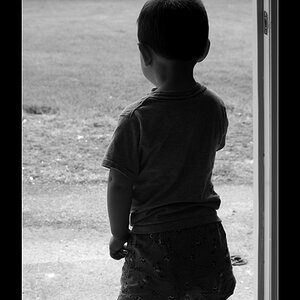
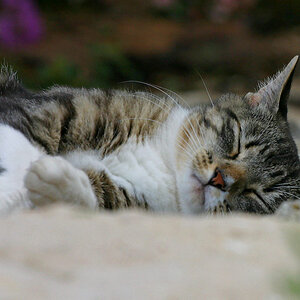
![[No title]](/data/xfmg/thumbnail/30/30880-eb7252c7e6df26b6cbc7065d2838df96.jpg?1619734495)
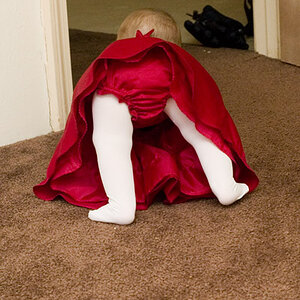
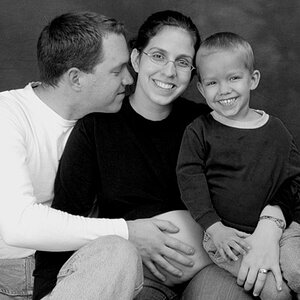
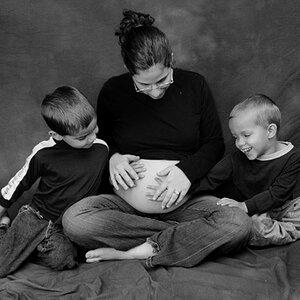
![[No title]](/data/xfmg/thumbnail/30/30877-ef8d8a8cf110d5566382bb4e8a76fd3f.jpg?1619734492)

